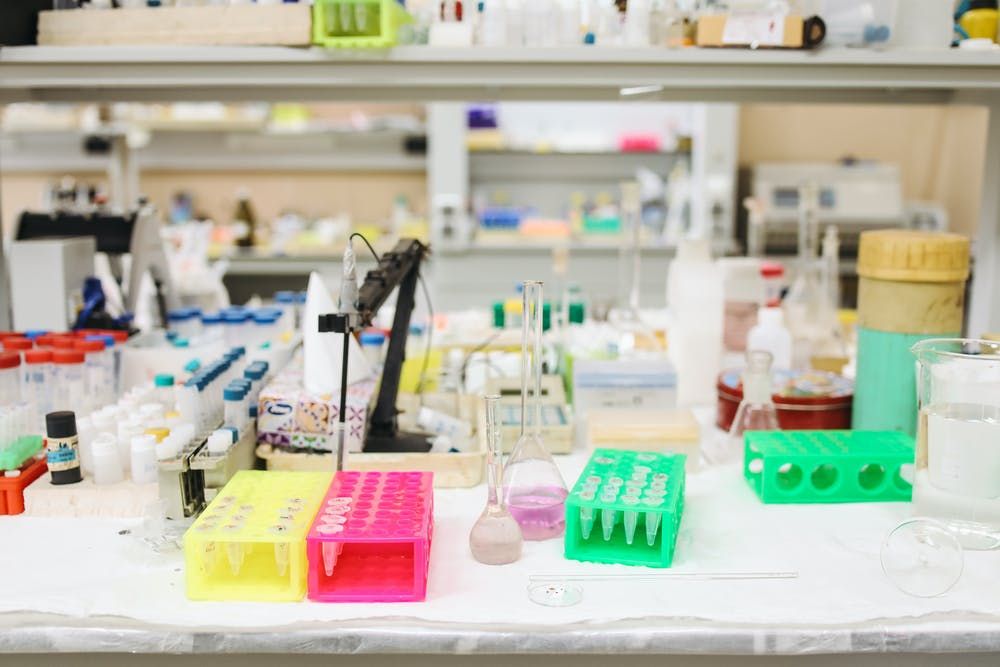Analyzing Molecular Dynamics of Proposed COVID-19 Drug Candidates
Findings may aid in understanding mechanisms by which drug molecules mitigate viral infections.

Investigators from the Department of Energy’s Oak Ridge National Laboratory (ORNL) have uncovered how certain therapies behave at the molecular level when exposed to water. The team is investigating therapies that have been proposed to treat the coronavirus disease 2019 (COVID-19).
The research was conducted using neutron scattering instruments at the ORNL Spallation Neutron Source (SNS) and was published in ACS Omega and the Journal of Physical Chemistry Letters.
"The human body is approximately 60 percent water. When drugs are in our bodies and interacting with water molecules, they are not going to move the same as when they are in a crystalline state," Matthew Stone, an ORNL instrument scientist involved with the study said. "Having a fundamental understanding of how the drugs might act in human bodies could help scientists determine which molecules are effective against the virus."
The team employed computer simulations along with neutron experiments to analyze molecules from 3 therapies: the antiviral remdesivir, the steroid dexamethasone, and the immunosuppressant hydroxychloroquine.
The focus of the research was on the methyl groups of the 3 therapies. Methyl groups consist of 1 central carbon atom with 3 branching hydrogen atoms and are often included in therapies due to their significance in improving potency.
Using 4 different spectrometers at SNS, the investigators measured the methyl groups dynamics in both dry and varying levels of hydrated therapy samples. Using the various spectrometers allows a unique view into how the molecules change shape and vibrate, creating data sets to build a more comprehensive picture of their behavior.
"Using spectroscopy, we can look into how atoms are moving in a material. With this technique, we're trying to help build up a library of how these drug molecules work at the atomic scale," Timmy Ramirez-Cuesta a co-author on the study said.
Findings showed that when the molecules were exposed to water, they became more disordered and required less energy to rotate. With the ability to move more easily, the molecules may be able to take on the shapes associated with different biological functions, like inhibiting viral activity by binding to a target protein. This suggests that looking at therapies in an hydration-induced state could potentially lead to insights about their dynamics in human bodies.
"This is a constantly evolving project, but our overarching aim is to use the strong spectroscopy expertise at ORNL to help scientists learn more about these drug molecules and get one step closer to finding effective solutions for treating this disease," Yongqiang Cheng, an ORNL instrument scientist involved with this research said.
